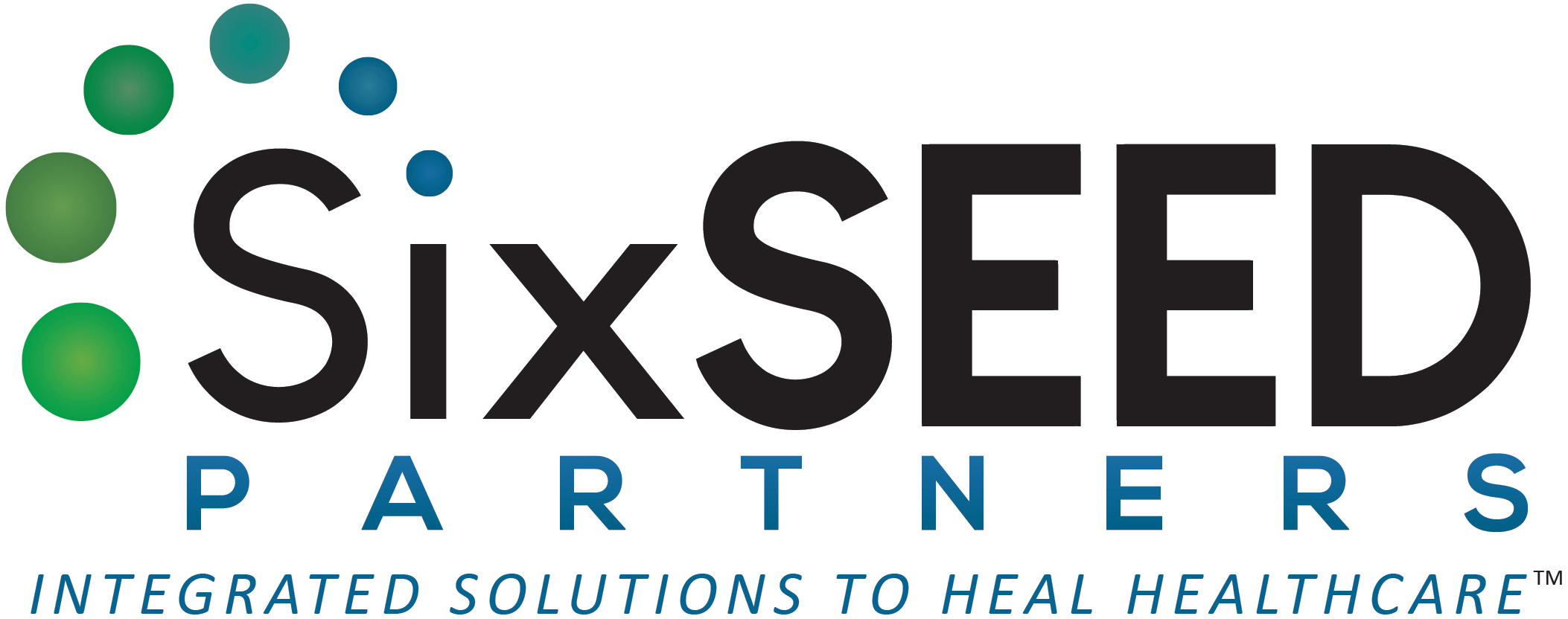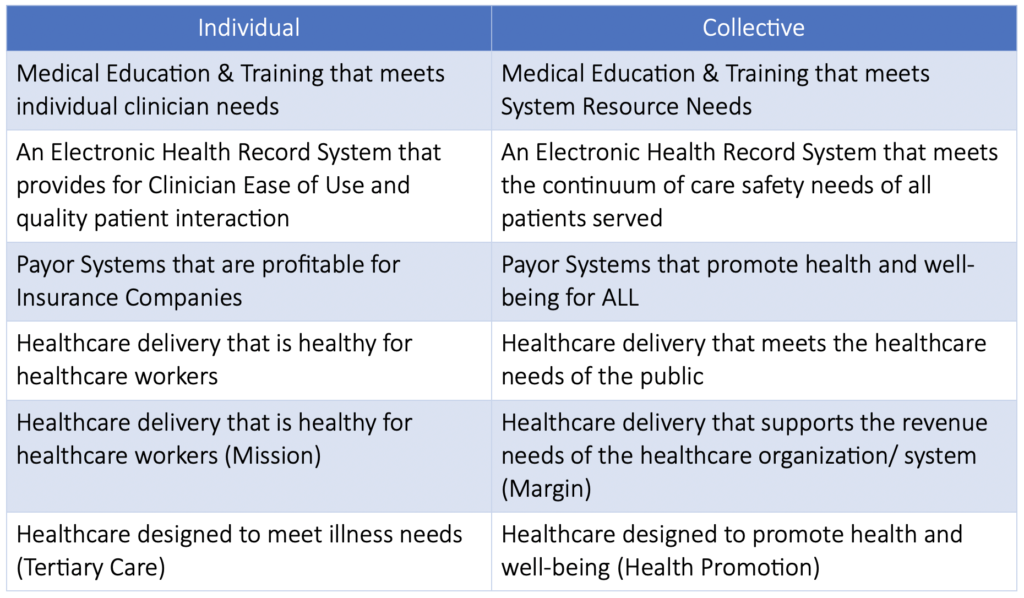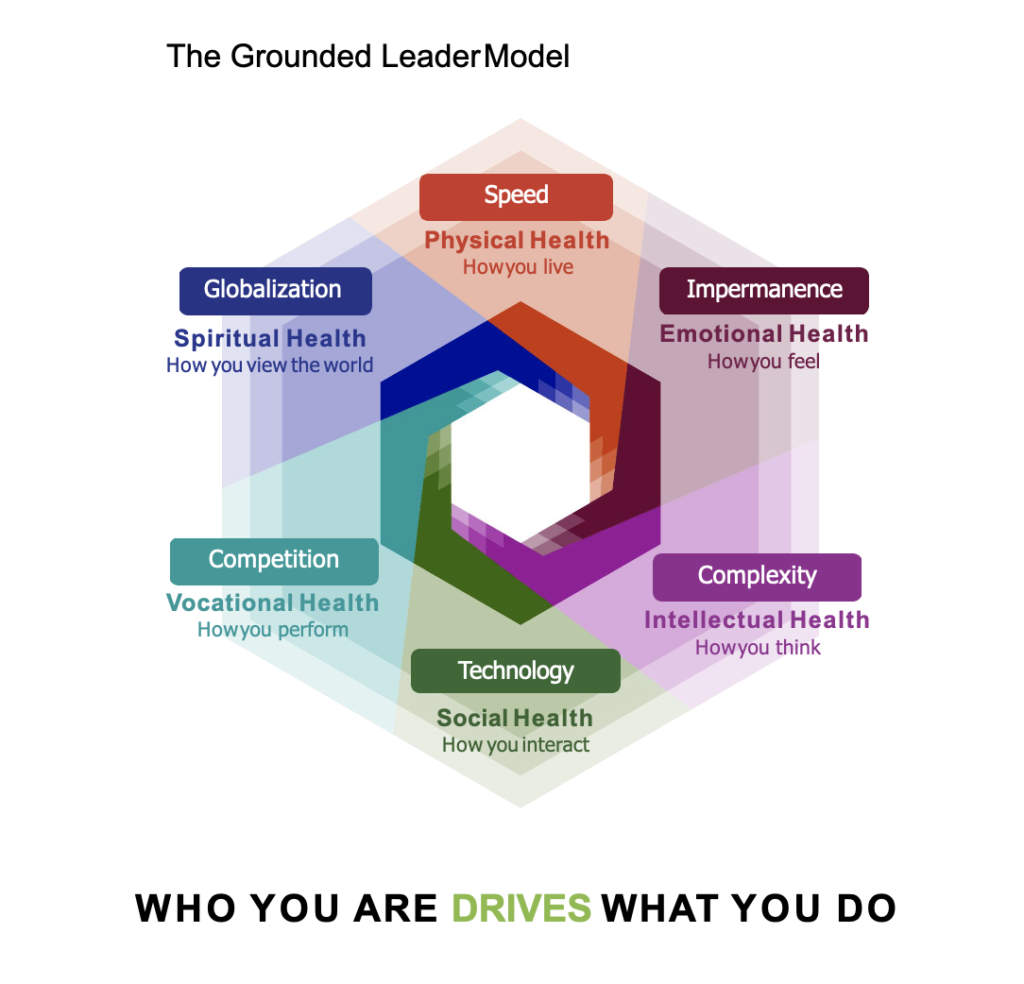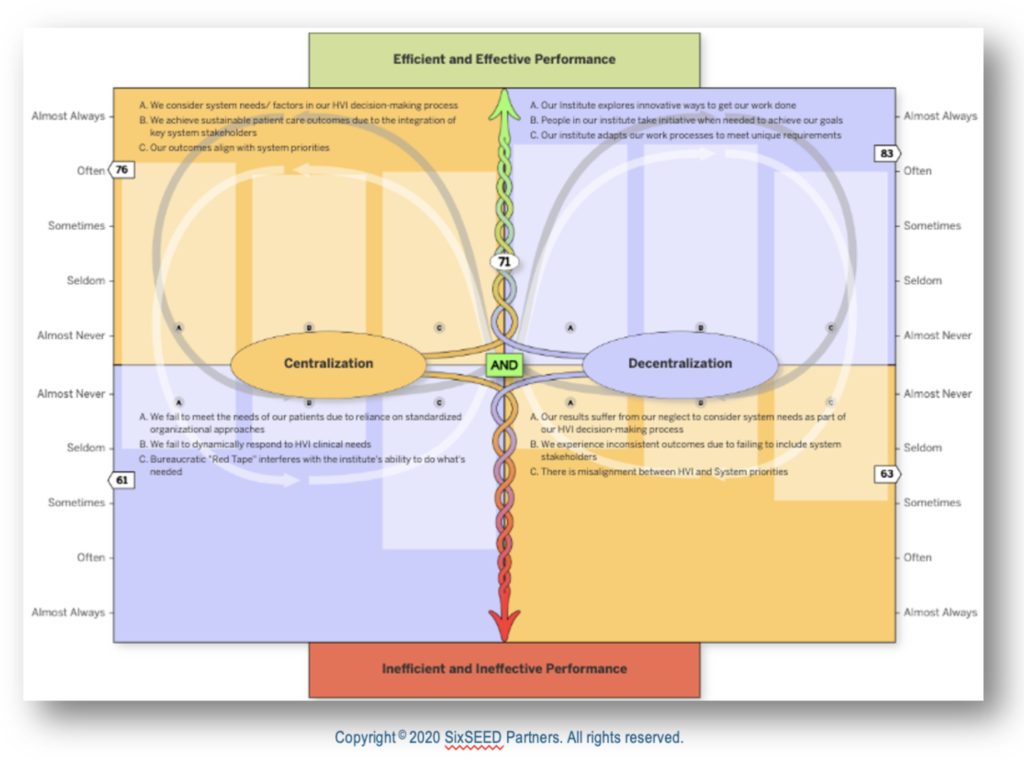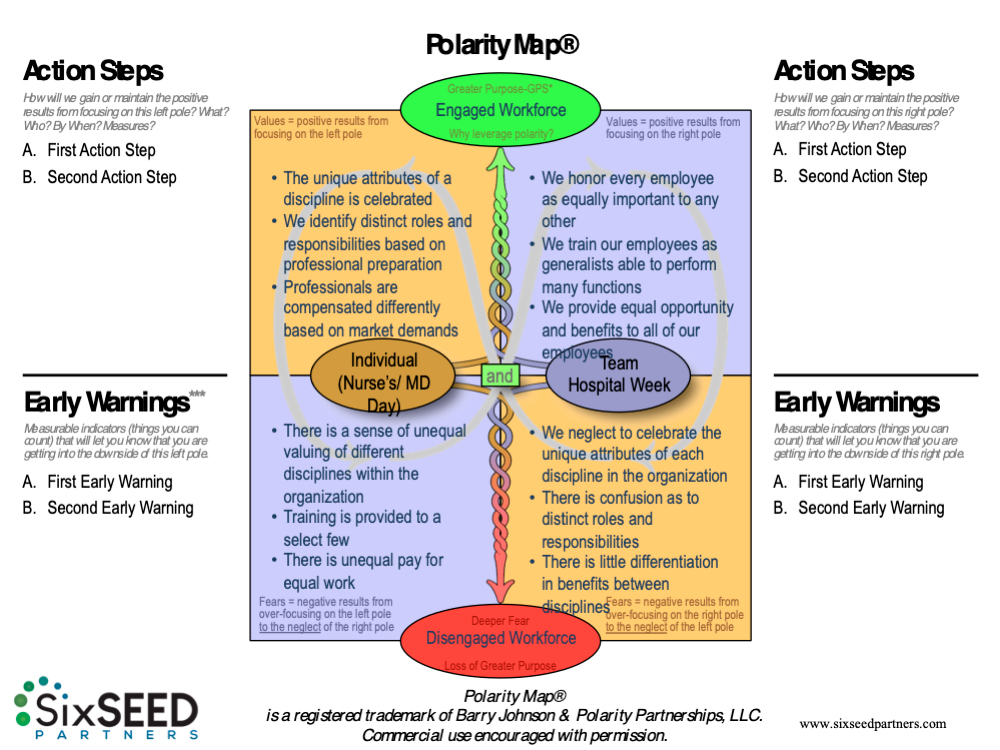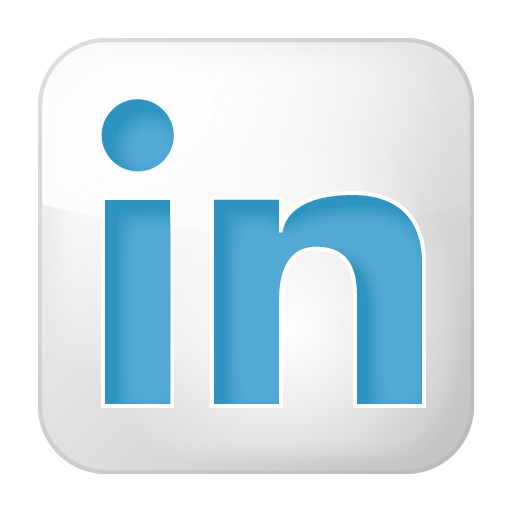Joy W. Goldman RN, MS PCC: CEO SixSEED Partners
Background:
We want to congratulate our strategic partners: Polarity Partnerships for publishing Barry Johnson’s sequel to his first book: “And, Volume One: Foundations.” SixSEED Partners is proud to have several chapters published in his second volume as quoted above and found here. Our collective nod to the other published practitioners included in Volume Two: you help bring this essential way of thinking to others to help make the world a healthier and more peaceful place to live and we thank you.
Both/And different from Problem-Solving
It is our vision that polarity thinking: both/and thinking will spread throughout healthcare as has Lean Thinking for process improvement. One of the major and important distinctions in this structured and evidence-based methodology is that as we increase the capacity of our teams to think in this way, immediate behavior change follows as they begin to see interactions and systems differently. We may find that we have less of a need for diversity, equity and inclusion programs, because our teams are integrating diversity, equity and inclusion in ALL that they do. We don’t need as many procedures as form follows function: behavior follows how we think.
Applications to our current work
SixSEED Partners has integrated both/and thinking in our individual coaching as part of the 360 feedback and development process; in our culture work with Information Technology and Healthcare organizations and medical groups; and in developing and strengthening nurse and physician leader partnerships. Outcomes have included:
- Less blaming and improved team cohesion and accountability
- Time freed up for executive level leaders as their teams are better able to manage complexity and numerous stakeholder interests
- Reduced expense and greater well-being as less time is spent on reactive cycles and frustration
You can see some of our case studies by going here.
Let’s hear from you
We’d love to hear how you are helping your leaders see the both/and to better manage complexity in a life-giving and sustainable way. If this work seems like it could help you and your teams, we’d love to talk with you to explore how this approach might help your clinical leaders. Please post your responses on our LinkedIn page or send us an email here.
